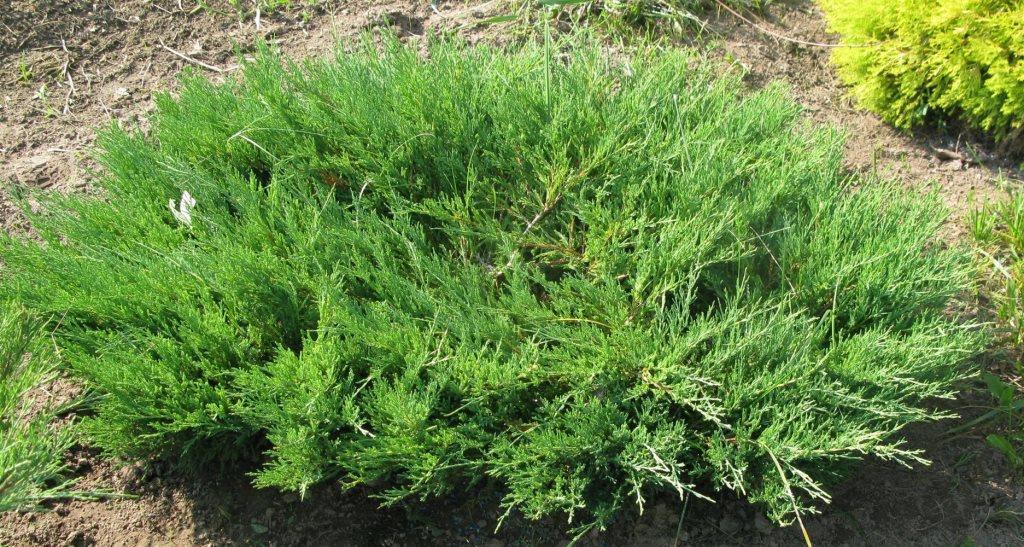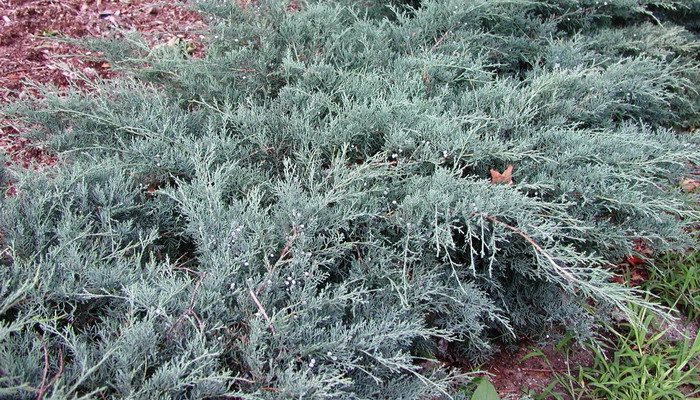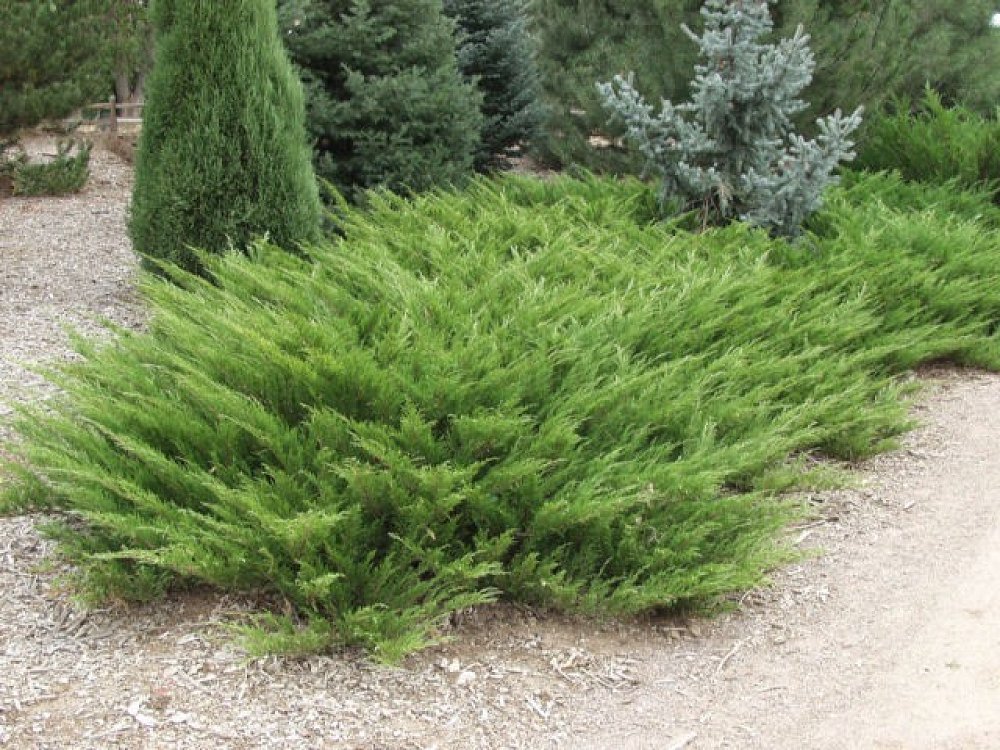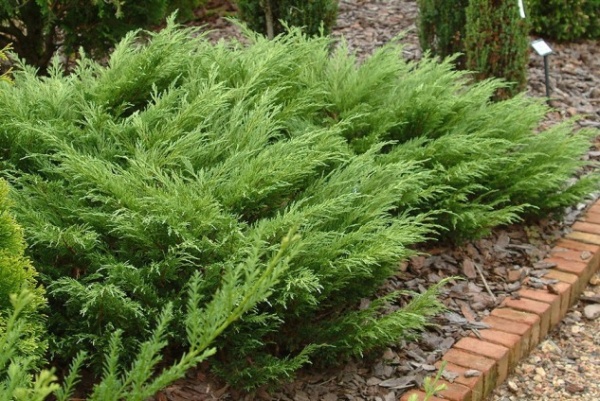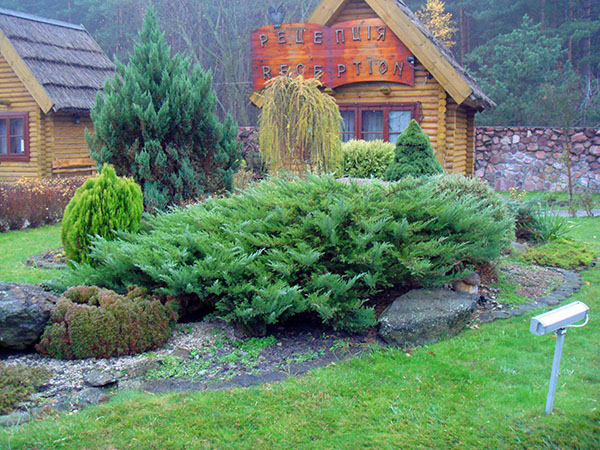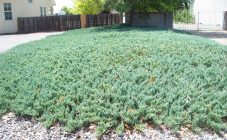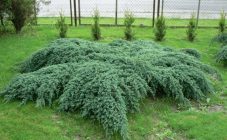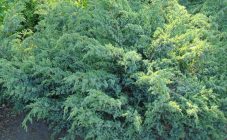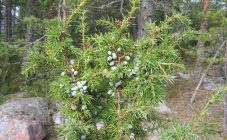Content:
Junipers are unpretentious and very beautiful plants. Their appearance makes them attractive for use in landscape design compositions. An evergreen species, the juniper is also pleasing to the eye in winter. Planting in the form of small groves saturates the home air with phytoncides, which have a beneficial effect on human health.
The Cossack juniper is one of the most common representatives of the genus. In Latin, the name of the species sounds like Juniperus sabina. Outwardly, it is a wild bush creeping on the ground, the height of which can reach 1.5 meters. It can grow in width, gradually rooting shoots, can be more than 20 meters. Such dimensions allow you to create hedges with the help of juniper.
Undemanding to the soil composition, resistance to both high and low temperatures, the healing ability to purify the air from microbiotic organisms - all this makes the Cossack juniper a favorite plant in garden plots. Unlike other species, the needles have a strong unpleasant odor due to the content of sabinol, a poisonous essential oil.
Features of varieties of Cossack juniper
Currently, more than 20 varieties of Cossack juniper are distinguished. The main differences between them are the shape of the plant and the color given to the needles. Among them there are both creeping forms and varieties that form dense, tall thickets. The most widespread are the following varieties.
Blue Danube Juniper is an evergreen shrub with a wide crown. They were engaged in its breeding in the 60s of the last century. The size of the plant ranges from 30-60 cm. At the same time, the diameter of the crown is many times greater than the size of the shoots and is 1.5-3 meters.
The needles, grayish-blue with a bluish bloom, resemble scales. Separate needles are located directly in relation to the branches, have a pointed end. The sizes of the needles are from 4 to 6 mm. The specific smell helps repel moths. Shoots are covered with reddish brown bark. Blue Danube has black-brown berries with a bluish tint. Oval, up to 12 mm, ripen every year. Like the rest of the species, cones are poisonous.
The Cossack juniper of the Blue Danub variety is characterized by the highest frost resistance, it can withstand at -40 ° C. When choosing a planting site, it is necessary to take into account the strong competing ability of the variety for nutrient and water resources. Mostly sunny or with little shade places are better suited for growth.
The annual growth of the juniper Cossack Mas is 10 cm, the growth of the crown fluctuates around 20 cm. Such a variety can grow up to 2 meters in height, with a crown of 8 meters in diameter. In young plants, the crown has a conical shape, becoming wide, branched as it grows. The needles are needle-shaped, prickly, covered with a pale bloom on top, which becomes purple in winter.
Juniper Mas is frost-resistant, demanding on the level of illumination. Undemanding in the choice of soil, unable to endure constant water accumulation and salinization of the soil layer.The advantage for planting in urban areas is good tolerance of smoke and gas pollution.
The Glauka horizontal juniper is excellent for creating a green cover thanks to its creeping shoots. Plant height does not exceed 30 cm, width - 2.5 meters. Numerous thin branches are straight, layered on top of each other. The needles of Glauca juniper are awl-shaped, close to the shoots, steel-bluish color. In winter, the color remains unchanged. Possessing good frost resistance, it does not tolerate a lack of soil moisture. For cultivation, you should stay on moderately dry soils with good lighting.
By analogy with the Glauka cultivar, the Rockery Jam juniper is a dwarf cultivar with a dense, wide-spreading asymmetric crown. The height is 50 cm, while the crown grows up to 3.5 meters. Average annual growth is 8-10 cm.
Skeletal shoots are thick, branching at the ends. In young shrubs, branches diverge from the trunk upward at an acute angle, lying horizontally with age. The needles are dense, blue-green. The shape of the needles differs, depending on the section of the crown. Scaly at the edges, needle-like closer to the center. It attracts the variety with its low soil requirements. Feels good both in poor and fertile lands.
The pale green needles of Arcadia juniper can form soft ridges. The shrub height does not exceed 60 cm, the crown diameter is up to 4 meters. Cone berries stand out against the background of the green color, the description of which is a deep green color with a blue glow. The variety is demanding for illumination, it allows slight shading. Prefers Cossack juniper Arcadia slightly acidic or neutral soils. Poorly tolerates the dry period, requiring sprinkling.
Juniper Cossack Knap Hill is one of the most beautiful varieties. The spreading crown is up to 1.5 meters in diameter. The variety has the highest growth rate (10-15 cm per year). The shoots and trunk are covered with red-brown bark. Leaves are represented by needle-shaped needles, soft, 4-6 mm long. In adult plants, the needles change to a scale-like shape. It tolerates subzero temperatures well, but requires a high level of illumination. There are no special requirements for the composition of the soil, but it does not tolerate waterlogging and dense composition.
Features of agricultural technology
Despite the absence of obvious difficulties in care and maintenance, certain conditions must be observed for the successful cultivation of juniper.
In preparation, the size of the planting pit should be 2 times the size of the root system. A drainage layer of stone, sand or brick chips should be placed at the bottom.
When planting, it is necessary to place the root collar at the same level with the soil to prevent the plant from rotting. After planting, it is necessary to mulch the trunk circle with sawdust or bark. Be sure to moisturize the planting abundantly.
When choosing a soil, the choice should be stopped on soils with a neutral reaction or an alkaline reaction. Growing in rich soils can lead to the development of fungal infections. Shallow loosening has a beneficial effect on the growth and development of the shrub. Juniper grows well on poor, rocky soil. An excess of black soil in the garden can lead to growth inhibition.
Due to the asceticism, fertilization is practically not required. When using highly depleted soils, you can feed the bushes with nitroammophos or complex organomineral fertilizer. During the growth process, special attention should be paid to watering. Abundant watering is necessary for young seedlings; in dry periods, the frequency of watering should be increased.
Spraying works well on juniper bushes. Sprinkling should be carried out in the evening at intervals of 1 time in 7 days.
Advantages and disadvantages of the variety
The undoubted advantage of the Cossack juniper is its unpretentious care. Dense bushes perform well a decorative function, covering the ground with a dense layer of greenery. Such a cover prevents weeds from spreading, freeing the farmer from weeding activities. The ability to tolerate smoke and air pollution allows planting shrubs within the city.
The significant disadvantages of the variety are:
- poor tolerance of the close occurrence of groundwater;
- exactingness to irrigation conditions;
- pronounced aggression towards neighboring plants for territory, water and nutrients;
- pronounced poisonous property of fruits;
- specific pungent odor.
Use in landscape design
The use of juniper as a component of landscape design is widespread. Often used as a cover plant on slopes, rocky hills, planting both singly and in compositions with other plants.
When grown in rock gardens, they look good as a ground cover material in contrast to tall plants. Cossack juniper is ideal for creating a Scandinavian style with vast rocky spaces. Yellow-golden or yellowish-green colors of needles are suitable for combination with mosses, lichen species, small shrubs, setting the general tone of the composition.
High varieties with a restrained color of needles are suitable for creating a cold English style. Such plants complement the landscape without distracting attention from the main compositions. In addition, juniper fits into Japanese-style compositions. Austere forms emphasize the brightness of colors and oriental colors.
The arrangement of perennial flowers and deciduous crops allows to refresh the monotony of juniper compositions.
